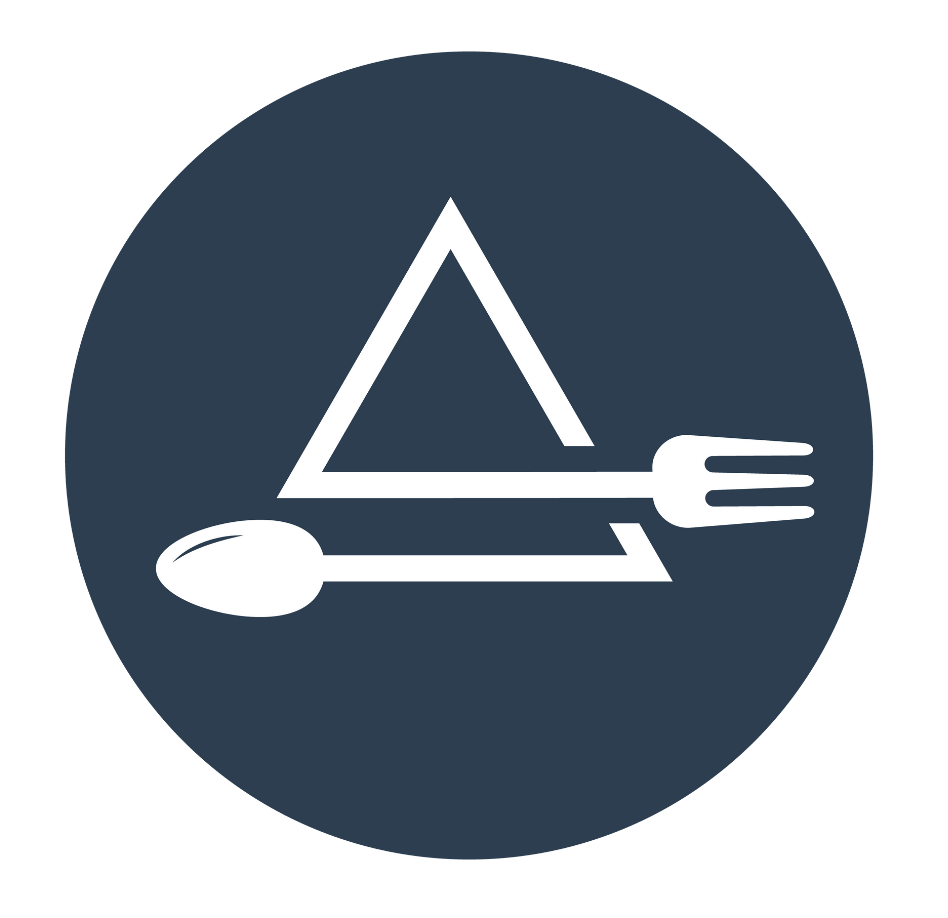
Summer Highlight: Good Produce For Your Polycystic Kidney Diet
Jun 20, 2024Summer is HERE! With rising temps and longer days, summer brings an abundance of fresh produce for your PKD-friendly table. From crips cucumbers to versatile eggplant and zucchini, there is no shortage of delicious fruit and vegetables to enjoy that have nutritional perks for Polycystic Kidney Disease. For PKD’er, incorporating summer produce into your meals provides a wealth of nutrients, variety, and flavor to your dishes.
In this blog, we are going to highlight some of the best summer produce for your PKD Diet and share tasty recipes to help you make the most of summer’s produce.
Zucchini
Zucchini, commonly viewed as a vegetable, is technically a fruit and belongs to the same family as melons, cucumbers, and pumpkins.
They are rich in potassium and naturally low in sodium and oxalates. Don’t underestimate zucchinis versatility. You can eat them raw, grill them, bake with them, and even use them instead of lasagna noodles for a low-carb option. Let’s look at a few of Zucchini’s Perks For PKD.
Zucchinis are packed with the antioxidants lutein, zeaxanthin, and beta-carotene, which help protect your body and cells from free radical damage. These antioxidants offer numerous health benefits, including support for healthy eyes, skin, and your heart. Research also suggests they may help guard against certain cancers, like prostate cancer.
Zucchini is made up of 95% water! Their high water content counts towards your hydration and fluid goals. Good hydration is key for PKD health, helping to prevent the formation of kidney stones, and is therapeutic for PKD because it helps downregulate a pathway known to drive cyst growth. Want to know more about hydration and PKD? Check out What Is A Good Fluid Goal for Polycystic Kidney Disease.
Additionally, zucchinis are low in oxalates, containing just 2 mg per cup. Oxalates are non-essential compounds (as humans we don’t need, them) that are found in plants and produced as waste by our bodies.
Eating a diet high in oxalates can contribute to the formation of kidney stones in addition to triggering pathways that promote cyst growth with PKD. By managing your oxalate intake (notice I didn’t say by restricting intake, there is a difference) you are living proactive nutrition for PKD.

Nutrition Profile of Zucchini
Serving Size: 1 cup, sliced
- Calories: 21
- Sodium: 8 mg
- Carbohydrates: 4 g
- Protein: <2 g
- Fiber: 1 g
- Vitamin A: 200 IU
- Potassium: 324 mg
- Oxalate: 2 mg
*Source: USDA FoodData Central
Zucchini Recipes to Try
▸▸ Garlic Lemon Zucchini Noodles - lower net carbs, quick to fix plus low in sodium
▸▸ Stuffed Zucchini Boats with Tomato & Feta - to keep the sodium lower, reduce the feta to 6 TBSP or less
▸▸ Zucchini Smoothie - you are going to want to swap out the almond milk and skip the protein powder
Cucumber
Cucumbers belong to the same family—gourd or Cucurbitaceae—as zucchini, offering similar benefits for your kidneys and PKD health. Comprising 96% water, cucumbers are an excellent way to stay hydrated. Every bit of hydration counts.
Unlike zucchini, cucumbers are naturally low in potassium, making them a suitable option for PKD patients advised by their doctors to restrict potassium intake. However, only restrict potassium if your healthcare professional has recommended it. Learn more about Potassium, PKD, and your Kidney Health.
Cucumbers also provide a low-sodium option, which helps maintain healthy blood pressure and reduces strain on the kidneys. Rich in antioxidants like vitamin C and beta-carotene, cucumbers help combat harmful free radicals, potentially reducing inflammation and oxidative stress in your body.

Nutrition Profile of Cucumbers
Serving Size: ½ cup
- Calories: 9
- Sodium: 1 mg
- Carbohydrates: 2 g
- Protein: <1 g
- Fiber: <1 g
- Potassium: 88 mg
- Oxalates: 2 mg
*Source: USDA FoodData Central
Cucumber Recipes To Try
▸▸ Cucumber & Basil Yogurt Bowls - developed by yours truly, a fancy and flavorful yogurt bowl
▸▸ Creamy Pineapple Cucumber Smoothie - skip the spinach and use romaine or kale as your greens
▸▸ Cucumber, Dill, Feta, & Pistachio Salad - for lower sodium, reduce to ⅛ teaspoon salt
Eggplant
Eggplant is naturally low in sodium, potassium, protein, and phosphorus. This makes it an excellent produce option if you are someone who has later-stage polycystic kidney disease and has dietary restrictions related to reduced kidney function.
It’s not just what eggplant doesn’t have, it is also rich in perks for PKD. Eggplant is rich in fiber which helps to support gut health and regulate blood sugar levels. Fiber also helps keep things moving in your GI, making sure you are regular and removing waste and toxins from your body, which is waste you don’t want to be reabsorbed and filtered back through your kidneys.
Eggplants are antioxidant-rich and contain high levels of anthocyanins, pigments with antioxidant properties that help protect your body, and kidneys, against cellular damage. Fun fact, anthocyanins are what give eggplants their purplish color!

Nutrition Profile of Eggplant
Serving Size: 1 cup, cubes
- Calories: 21
- Sodium: 2 mg
- Carbohydrates: 5 g
- Protein: <1 g
- Fiber: 3 g
- Potassium: 188 mg
- Oxalates: 12 mg
*Source: USDA FoodData Central
Eggplant Recipes To Try
▸▸ Roasted Eggplant Dip - reduce the tahini to two tablespoons to be more oxalate-friendly
▸▸ Sauteed Eggplant - use low sodium soy sauce or coconut aminos
▸▸ Melt In Your Mouth Grilled Eggplant - for lower sodium, reduce salt to ¼ teaspoon
Bottom Line
Enjoy summer's bountiful produce, and know you are not only eating fresh but adding in and abundance of perks for PKD.
Instead of focusing on what you should “limit” or “restrict” for PKD let’s turn the conversation to what to include for PKD Health. Make sure to include cucumbers, eggplant, and zucchini this summer!
Happy & Healthy Eating,
Diana


